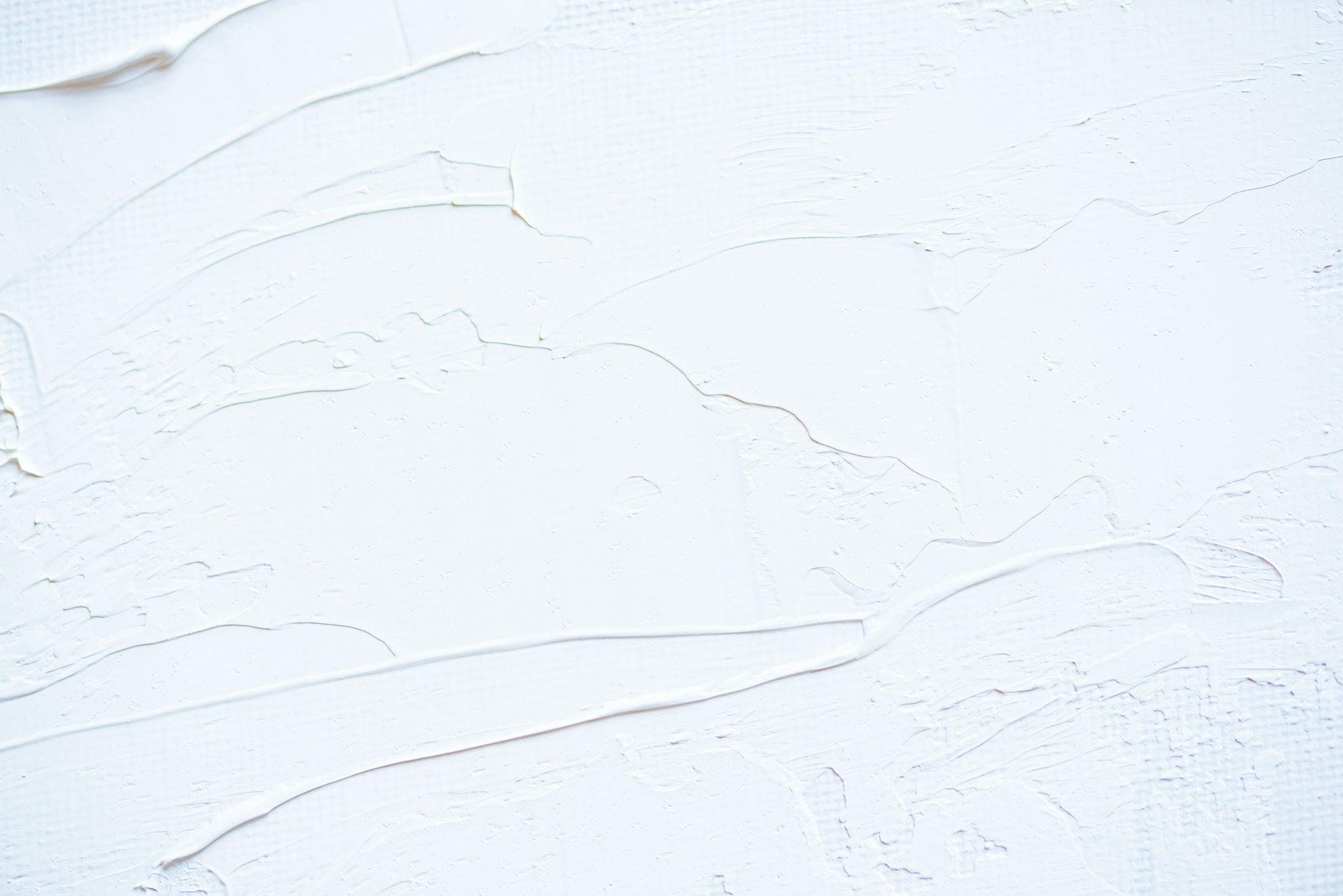Differences Between Eggshell and Satin Paint for Your Home
Eggshell and satin paint differ in sheen and durability. Eggshell offers a soft, low-shine finish ideal for low-traffic areas, while satin has a higher sheen and is more durable, making it great for high-traffic spaces like kitchens. Choose based on your room's needs and desired look.

Photo by Joanna Kosinska
When it comes to choosing paint finishes for your home, two popular options often come into play: eggshell and satin. Both finishes offer unique qualities, making them suitable for different applications and preferences. Understanding the fundamental differences between these two can significantly impact the look and longevity of your painted surfaces.
Eggshell paint is named for its subtle sheen, resembling the surface of an eggshell. It typically has a low to medium sheen, imparting a soft, warm appearance that works well in various settings. On the other hand, satin paint has a more lustrous sheen, allowing it to reflect more light and provide a more pronounced finish.
The choice between eggshell and satin often depends on the room, surface, and desired aesthetic. This article will delve deeper into their characteristics, helping you decide which paint finish suits your home best.
Understanding the Finish: Eggshell vs. Satin
The sheen of paint is a crucial factor in determining its final appearance. Eggshell finishes are less reflective, making them ideal for creating a soft ambiance in living rooms, bedrooms, and dining areas. Because eggshell paint is less shiny, imperfections in the wall may be less noticeable, offering forgiveness for minor flaws. This quality can be particularly advantageous in older homes where walls may not be perfectly smooth, allowing for a more forgiving application that still looks polished.
Satin finishes, in contrast, are designed to enhance brightness and depth, making them a popular choice for spaces that benefit from illumination, such as kitchens or bathrooms. The sheen of satin can highlight architectural details, making it a preferred option for moldings and other decorative features. Additionally, the reflective quality of satin paint can create a sense of spaciousness in smaller rooms, making them feel more open and airy. This characteristic can be particularly beneficial in urban settings where space is at a premium.
Furthermore, the application methods for both finishes can vary slightly, with eggshell often requiring careful application to ensure a smooth surface without streaks, while satin may allow for slightly more leeway due to its reflective nature. It’s also worth noting that the drying time can differ between the two; satin finishes may dry faster, allowing for quicker project completion, which can be a significant factor for DIY enthusiasts and professional painters alike.
Durability Comparison: Which Lasts Longer?
Durability is a vital factor in deciding between eggshell and satin paints. Both finishes are relatively tough, but satin paint typically offers greater durability and washability. This makes satin a better choice for high-traffic areas or spaces prone to moisture, as it can withstand cleaning without losing its sheen. In kitchens, where grease and splatters are common, a satin finish can be easily wiped down, maintaining a fresh look with minimal effort.
Eggshell paint, while durable, is generally more susceptible to wear and tear over time, especially if exposed to frequent cleaning or heavy use. It's best suited for rooms that see less traffic and don’t require frequent washing, such as formal dining rooms or low-traffic living areas. However, it’s important to mention that eggshell finishes can still be a great option for children’s rooms or play areas, as they provide a softer look while still being relatively easy to clean with a damp cloth for minor marks and smudges.
In summary, if you're looking for a paint finish that will endure harsher conditions and remain pristine longer, satin is the way to go. If you prefer aesthetics over ruggedness, eggshell can still offer a beautiful look that stands the test of time under the right circumstances. Ultimately, the decision may also hinge on personal style preferences and the specific needs of each room in your home, allowing you to create a cohesive and visually appealing environment that reflects your taste and lifestyle.
The Benefits of Eggshell Paint
Eggshell paint carries several advantages that make it an appealing choice for many homeowners. Its soft finish adds warmth and depth to a room without overwhelming brightness, providing a serene atmosphere.
Additionally, eggshell paint tends to be less reflective, which can minimize the appearance of flaws on walls, making it ideal for older homes or surfaces that might not be perfectly smooth. This quality allows for a more forgiving application, especially in settings such as houses with character that may require more than a basic coat of paint.
Another benefit of eggshell paint is its versatility; it can be used in a variety of settings and decor styles, from contemporary to traditional. Whether you’re aiming for a cozy, painted accent wall or the foundation of a more expansive color scheme, eggshell paint can serve as a great choice.
Why Choose Eggshell for Your Next Project?
Choosing eggshell paint for your next project can be advantageous for several reasons. First and foremost, its aesthetic appeal is undeniable. The soft sheen can elevate a room’s ambiance while maintaining a sense of understated elegance. This makes it perfect for spaces where you want to create a calming environment.
Furthermore, eggshell is generally easier to touch up than glossier finishes, allowing homeowners the convenience of maintaining their walls without an extensive repainting process. You simply need to apply a small amount of the paint to cover any imperfections, and the low sheen helps blend these touch-ups seamlessly into existing areas.
Lastly, in terms of health considerations, many brands offer low-VOC eggshell options that make it a safe choice for families, minimizing the number of harmful chemicals released into the home environment.
Visual Characteristics of Eggshell Paint
The visual characteristics of eggshell paint significantly contribute to its popularity. The nuanced sheen of eggshell provides depth and richness to colors, embodying a softer look while allowing shades to breathe and develop character over time.
Because of its gentle reflectivity, eggshell paint captures light beautifully, creating a warm atmosphere. This characteristic is particularly beneficial in spaces where natural light can be harnessed, softening bright sunlight and creating a welcoming environment.
Moreover, eggshell's hues tend to appear deeper and more luxurious than their satin counterparts. This richness makes it an ideal choice for accent walls or featured spaces in your home, ensuring that walls look cohesive yet distinct.
How Eggshell Paint Affects Room Aesthetics
Eggshell paint can dramatically influence room aesthetics. The soft sheen pairs beautifully with various decor styles, from minimalist to rustic. Its understated elegance can complement furniture and décor without detracting attention, making it a versatile option for any room.
Additionally, eggshell paint can help to manage the mood of a space. Soft, muted colors in an eggshell finish can create a cozy and inviting environment, perfect for areas like bedrooms and sitting rooms, while brighter shades can enhance liveliness and energy in a kitchen or breakfast nook.
The finish also allows for greater color retention over time, ensuring that your chosen hues look fresh and vibrant longer due to the reduced glare from the surface.
Ideal Scenarios for Using Eggshell Paint
While eggshell paint is versatile, several scenarios stand out as particularly well-suited for this finish. It's ideal for living rooms and dining areas where a softer, warmer ambiance is preferable. Additionally, eggshell paint’s forgiving nature means it can easily hide flaws in older plaster or drywall.
Hallways and stairwells are other excellent candidates for eggshell paint, as they do not typically see heavy cleaning and benefit from its subtle reflective quality, which can brighten up these transitional spaces without overwhelming them.
Lastly, because eggshell is more easily touch-upable than higher-gloss finishes, it can be an excellent choice for children's rooms where surfaces may often require maintenance due to wear and tear.
Best Rooms for Eggshell Finish
- Living Rooms: Create an inviting and cozy feel.
- Bedrooms: Establish a calming environment that fosters relaxation.
- Dining Areas: Provide a soft, elegant backdrop for gatherings.
- Hallways: Lighten up transitional spaces while minimizing the visibility of imperfections.
Exploring Satin Paint: An Overview
Satin paint has gained popularity for its durability and versatility. With its medium sheen, satin offers a balance between matte and gloss, making it suitable for a variety of applications. It’s particularly favored for high-traffic areas because of its robustness and ease of cleaning.
This finish provides more shine than eggshell, making it an ideal choice for surfaces where light reflection is essential. Satin can enhance the features of a room by highlighting architectural designs, making them stand out effectively.
While satin retains many of the same great characteristics as eggshell, its enhanced washability makes it a favorite choice for parents and anyone looking to maintain a pristine appearance in their homes.
Advantages of Using Satin Paint
The advantages of satin paint are compelling. Firstly, its durability is a crucial selling point, making it an excellent choice for kitchens, bathrooms, and other areas where moisture and higher usage are common. The ease of washing away stains while maintaining its sheen makes maintenance a breeze.
Additionally, satin finishes do a great job of resisting fading and wear over time compared to lower-sheen paints. This characteristic proves beneficial in sunlit spaces where color retention is paramount.
Satin paint's gleam also contributes positively to the room's aesthetic by brightening up spaces and creating a lively atmosphere. This quality is especially advantageous in smaller areas or those with limited natural light.
When to Opt for Satin Over Eggshell
Choosing satin paint over eggshell comes down to the intended use and style preference. Consider satin for bathrooms, kitchens, and other spaces where moisture is a challenge, as its washability makes it stand out in terms of practical applications.
If your home has children or pets, satin’s durability allows it to withstand frequent cleaning and knocks, thus maintaining an appealing finish throughout the years.
Lastly, if you want to highlight architectural details or add vibrancy to light-challenged spaces, satin finishes might be the perfect solution, reflecting light effectively and enhancing your home’s overall aesthetic.
In conclusion, understanding the differences between eggshell and satin paints can empower homeowners to make informed decisions that align with their design goals, durability needs, and overall lifestyle. Each finish offers a unique set of benefits tailored to specific applications, allowing your home to shine beautifully, no matter your choice.
Quick facts
What is the difference between eggshell and satin finish paint?
Eggshell paint has a low-luster finish with a subtle sheen, making it perfect for low-traffic areas. Satin paint has a bit more shine and is more durable, often used in areas with higher traffic like hallways or kitchens.
When should you not use eggshell paint?
Eggshell paint is not ideal for high-traffic areas or surfaces that are frequently cleaned, as its matte finish may not withstand the wear and tear as well as satin or semi-gloss paints.
Can you mix eggshell and satin?
Technically, you can mix eggshell and satin paints, but it's not recommended. The finish may become inconsistent, leading to uneven sheen across surfaces. It's better to choose one finish for a uniform look.
What is eggshell paint used for?
Eggshell paint is commonly used for walls in low-traffic areas, such as living rooms or bedrooms. Its low-luster finish hides imperfections well and gives a soft, elegant look.

Pavan Jadhaw
Software Engineer at Spoken
Pavan is a Fullstack Engineer at Spoken. He's passionate about both software and mechanical engineering. When he's not coding, you’ll find him tinkering with his homeserver, working on his motorcycle, or building custom mechanical keyboards. He’s a fan of minimalistic and functional decor.
Read more

